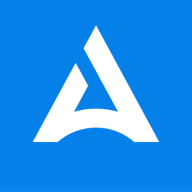

Find out what your peers are saying about SentinelOne, Wiz, Vanta and others in Compliance Management.


Azure confidential computing offers solutions to enable the isolation your sensitive data while it's being processed in the cloud.
Drata is a powerful tool for automating compliance processes, effectively reducing audit preparation time and continuously monitoring security controls. It is highly valued for its ability to integrate seamlessly with existing tech stacks and manage security for remote teams, ensuring adherence to standards like SOC 2 and HIPAA. Drata enhances organizational efficiency, improves workflows, and supports real-time compliance monitoring, making compliance management less stressful and more accurate.
We monitor all Compliance Management reviews to prevent fraudulent reviews and keep review quality high. We do not post reviews by company employees or direct competitors. We validate each review for authenticity via cross-reference with LinkedIn, and personal follow-up with the reviewer when necessary.